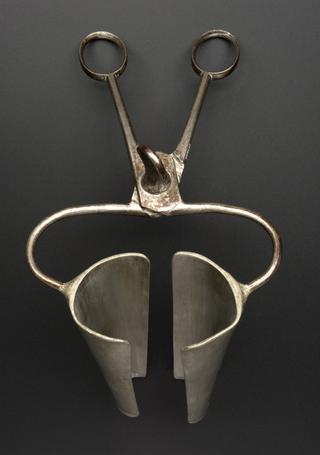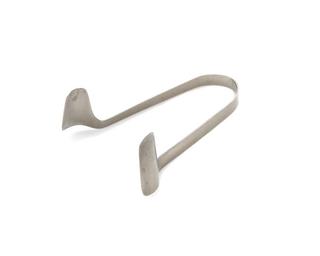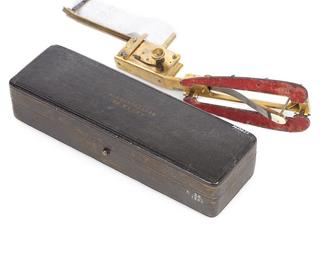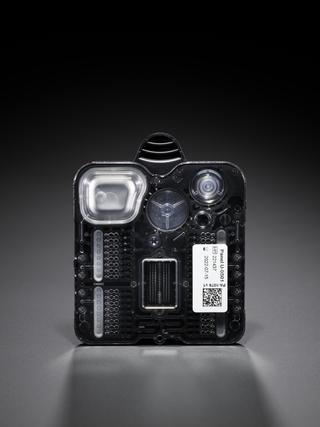First wireless capsule endoscope to be swallowed by a person
First wireless capsule endoscope to be swallowed by a person, Given Imaging, Israel, 1999
More
Looking inside the body is often key to investigating symptoms affecting the digestive system. Usually this is achieved by passing a long, flexible tube containing a light source and camera through an opening such as your mouth or anus – a procedure known as an endoscopy. While less invasive than surgery, the experience can be uncomfortable, and carries a small risk of puncturing or tearing the delicate lining of the gut. It is also very difficult to access the entire small intestine with a conventional endoscope due to its length (about 6 meters).
In 1997, two groups of researchers working separately on a solution to these issues in Israel and London joined forces to complete development of the wireless capsule endoscope (WCE); a swallowable video camera capable of imaging the entire digestive tract during its natural passage through the body.
This vitamin pill-sized device was the first to be swallowed by a person in late 1999. Gastroenterologist Professor C. Paul Swain, who led the London group, volunteered himself as guinea pig. Despite a moment of anxiety when the capsule took longer than expected to exit his stomach, it successfully completed its journey and produced good quality images of Swain’s small intestine.
Swain’s team produced the first live images from a pig’s stomach with a miniature wireless camera using charge coupled device (CCD) image sensors and a microwave transmitter in 1997. There were several obstacles, however. The sensors consumed a lot of energy which miniature batteries were unable to sustain for more than 10 minutes. Passage through the human gut takes around eight hours, which – even if it was possible to power the devices for that long – would entail a lot of waiting around for patient and doctor.
Independently in Israel, optical engineer Gavriel Iddan had the idea of splitting the system into three parts: the miniature camera and its transmitter; a recorder worn by the patient; and software to process the data, enabling it to be reviewed later by a doctor. The invention of low-powered CMOS (complementary metal oxide semiconductor) image sensors was the final piece of the puzzle, making it possible to create a battery-operated capsule small enough to be swallowed by a person.
When the researchers published their findings in 2000, the WCE (initially marketed as M2A, for ‘mouth-to-anus’ and subsequently PillCam) attracted widespread media coverage which enthusiastically compared it to the miniaturised submarine that travels around the body in the 1966 science fiction film Fantastic Voyage.
As well as making it possible to painlessly examine the entire small intestine, capsule endoscopy has proven useful for imaging the stomach and large bowel and is commonly used to locate the source of unexplained bleeding. The main drawback of the PillCam and its successors is the lack of control of movement; this and the relatively high cost of the disposable devices have prevented them from overtaking conventional endoscopy. Swain subsequently led research to develop magnetic capsules that could be externally manipulated by a hand-held magnet (2022-1367).
- Measurements:
-
overall: 30.6 mm 11.4 mm,
- Materials:
- silicon and metal (unknown)
- Object Number:
- 2022-1366/1





